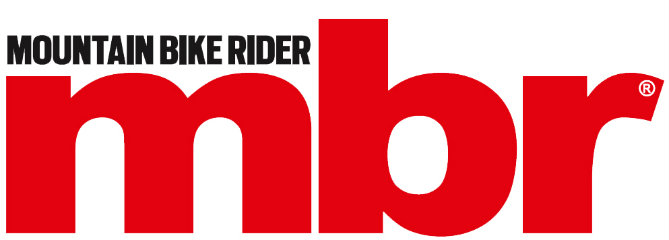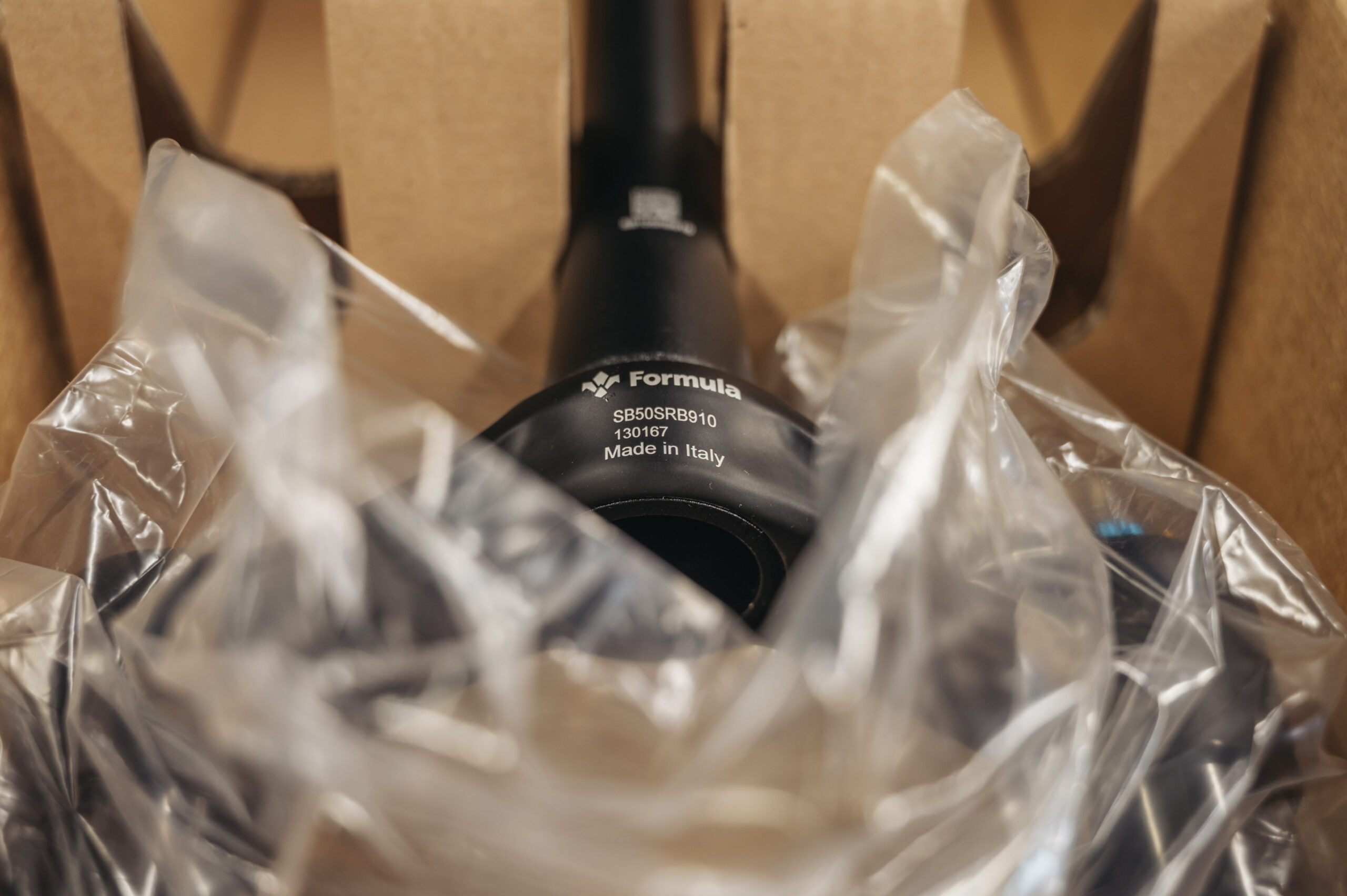Formula Selva V gets a new airspring with elastic floating mounts, a new lower leg assembly, and up to 180mm travel
Formula has a new version of the Selva out, it’s got a new air spring for less stiction and that makes it the “most responsive fork ever” from the Italian brand… oh and it’s backwards compatible too.
Called the Selva V, the big change comes courtesy of a new low-friction piston inside the air spring, which Formula says will reduce friction and help the two ends of the fork slide more easily against one another. Current Selva riders will be able to buy the new spring separately and upgrade as well.

Formua’s new Selva V fork doesn’t target pure stiffness, but ride comfort
Increasing rider comfort has been a big focus in the past 12 months from the best mountain bike fork brands, and the new Selva V means Formula has fallen into line. Last year RockShox launched its new Charger 3.1 with much softer damping, while the new Fox 36 is now stiffer and boasts reduced friction too.
Formula Selva V need to know
- Trail or enduro fork, now with 160mm, 170mm and 180mm travel options
- New low-friction piston uses an elastic mount to stop it binding under load
- Piston is part of a new dual-chamber air spring
- Same 35mm stanchions, but Selva V gets new lowers for more stiffness
- Damper hasn’t changed from older Selvas
- £1,070 (black lowers), £1,120 ultraviolet

The new Formua air spring assembly floats to avoid binding
What has Formula designed?
The air spring uses something Formula calls a floating piston, just the same as Fox does with its internal floating piston. It’s there to separate the air from the damping oil.
What’s different is Formula has mounted its piston on elastic sliders, which let it move and flex under load, all without letting the air or oil mix. This flexing happens when you’re cornering, or riding steep stuff, which causes the fork stanchions to bind to the lowers. Formula also thinks “small imperfections inherent in metal can create friction” too.
The Selva V also uses Formula’s concentric bypass valve rather than a bypass port on its new air spring. The thinking is this reduces friction further because there’s no need for a big, chunky seal that inevitably causes more friction. “The concentric bypass valve allows us to ditch grooves and reduce friction even more.”
How will the Selva V feel to ride?
Stepping back from the techie parts for a minute, I personally think it’s a great move on Formula’s part to concentrate on comfort rather than ramping up the stiffness and building chunkier legs. The Selva is still a 35mm stanchioned fork like the RockShox Lyrik, despite an increase in travel up to 180mm.
That said the new lowers are stiffer than they used to be, Formula says, thanks to the new design and an “increased distance between the bushings” – which probably means more overlap between the stanchions and the lowers.
But it’s telling that Formula says it wanted to make a “lighter, more comfortable fork that is less fatiguing, allowing you to ride faster for longer,” rather than a hard as nails 38mm monster.
The weight is good but not great though, it’s a claimed 2,030g (170mm fork, no axle lever or fender), which is 20g heavier than the Fox 36 with Grip X damper we reviewed, albeit with 10mm less travel.
What else is new?
The Sleva V gets a PM7 disc mount. There’s also an 8mm increase in axle to crown lengths, which is really important given that most riders are now favouring a higher front end now. Just check out the trend for riser bars, Renthal has introduced a FatbarV3 with 70mm riser option to compete with the likes on OneUp and Hope.
 Designed and assembled in Italy
Designed and assembled in Italy
Formula forks are put together in Italy, and the Selva V is pretty much the same price as the Rockshox Lyrik, and a few hundred cheaper than the Fox 36. It also loads up the box the fork arrives in with all the stuff you need, something the big brands don’t do. Inside you’ll get a pump, mudguard, air cap tool, replacement oil, and a Formula Re-valve cartridge.
Damper remains unchanged
Formula says its Internal Floating Technology has been a core part of our forks for 10 years. It says “by using floating joints on the spring and damping systems, the fork’s internal components can work in harmony with the chassis.
“This helps eliminate the harshness caused by binding—when the fork absorbs impacts in a fully extended position—and allows the fork to absorb impacts more effectively. IFT means we don’t use oversized stanchions or add weight to reduce friction and increase sensitivity, we just use smarter design.”





 Designed and assembled in Italy
Designed and assembled in Italy